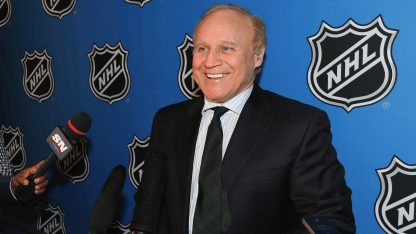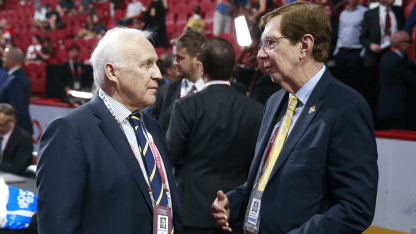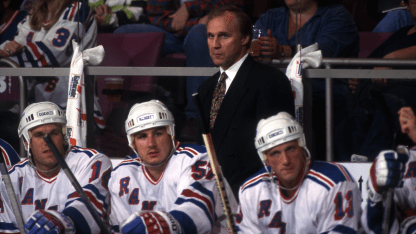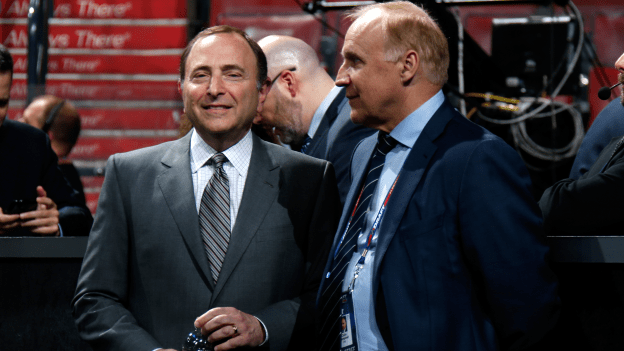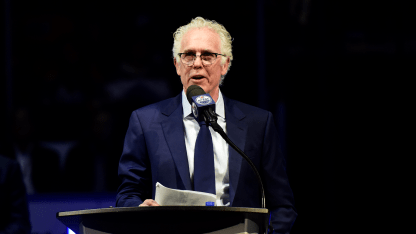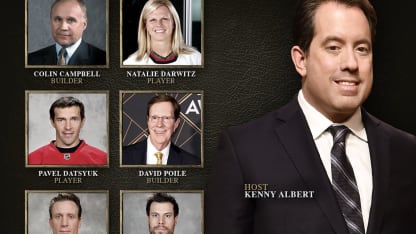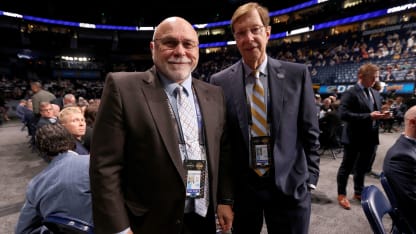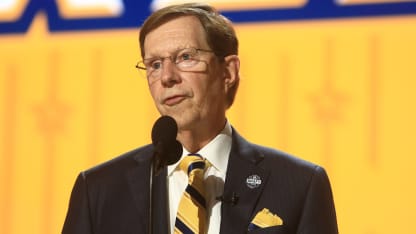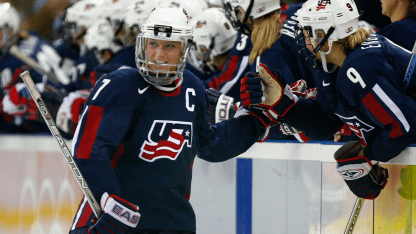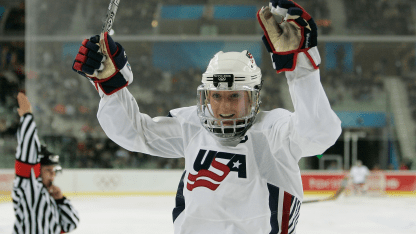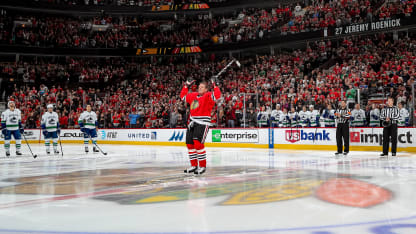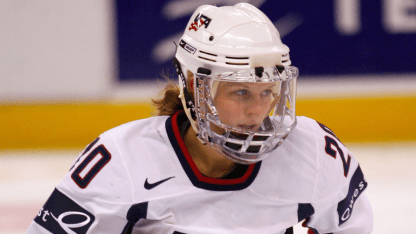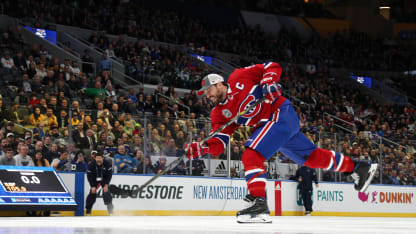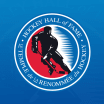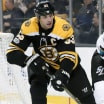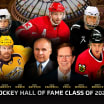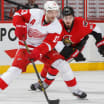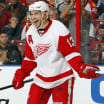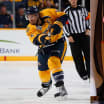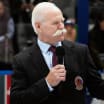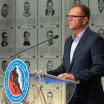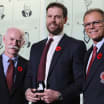The 2024 Hockey Hall of Fame induction is Monday. This class includes Pavel Datsyuk, Shea Weber, Jeremy Roenick, Natalie Darwitz, Krissy Wendell-Pohl, Colin Campbell and David Poile. Here, NHL.com senior writer Dan Rosen profiles Campbell:
TORONTO -- When it's cold enough, like so many bodies of water across the country, Lake Lisgar in Tillsonburg, Ontario freezes deep and hard enough to become a skating rink. Years ago, like so many young Canadian boys and girls, Colin Campbell would walk the 100 yards from his house with his skates and gear so he could go play some hockey.
He wasn't thinking about rules and innovations at the time, although when Campbell was 10, he was given a junior referee certificate. Nevertheless, it was on that frozen slice of Canada that Campbell's hockey mind started to develop, where his thoughts of how the game should be played started to form.
"I remember if you hooked a guy he would turn around and go, 'What are you doing, you idiot? You don't hook me playing pond hockey,'" Campbell said. "If you slashed a hand, I mean, don't do that. That's the way hockey should be -- pure."
Years later, Campbell's quest for purity at the game's highest level has led him into the Hockey Hall of Fame in the Builder category, where the NHL's 71-year-old senior executive vice president of hockey operations will be inducted Monday, along with fellow Builder David Poile, and players Natalie Darwitz, Jeremy Roenick, Shea Weber, Pavel Datsyuk and Krissy Wendell-Pohl.
